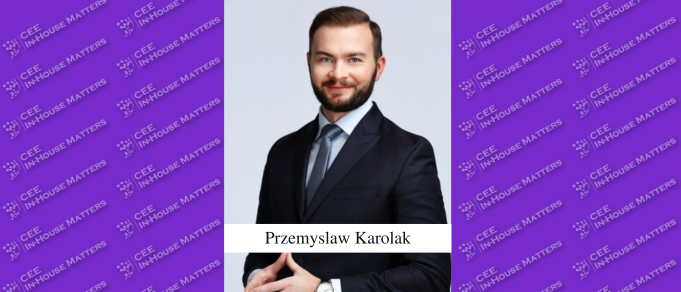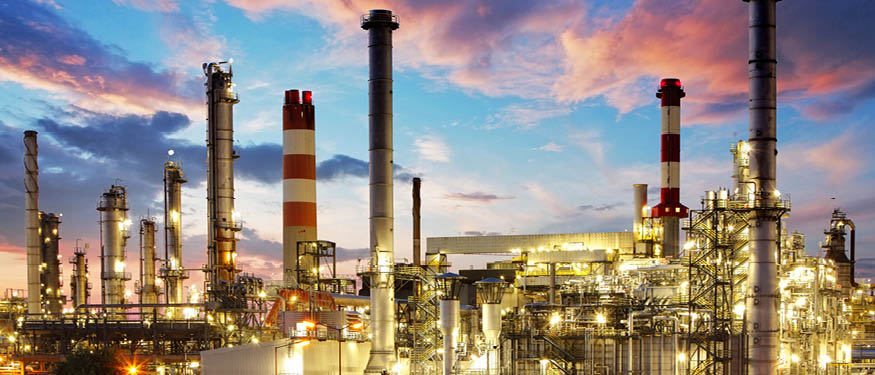With many EU countries facing an energy crisis on account of the war in Ukraine and its associated geopolitical ramifications, European governments have sought to implement a series of measures to mitigate the fallout and protect their citizens. Selih & Partnerji Partner Spela Remec catches us up with the situation in Slovenia, provides a cross-section of the measures undertaken, and assesses their impact.
A Decisive Effort on All Fronts
“The Slovenian Government has introduced several measures to alleviate the negative effects of the current energy crisis and ensure reliable energy supply to all Slovenian households and businesses,” Remec begins. These included regulated prices for electricity, natural gas, and district heating for “households, craft, and small businesses. In order to provide sufficient support to the economy, the government earmarked funds in the amount of EUR 1 billion for 2023 and EUR 80 million for 2022,” she continues.
Specifically, the measures that were introduced included subsidies that sought to tackle the high energy prices – these will be available “throughout 2023 and the maximum support can range from EUR 2 million to EUR 150 million per recipient,” Remec says. Furthermore, the Slovenian Government introduced the “Energy Price Determination Mechanism, after it concluded that the measures introduced on the EU level did not sufficiently reduce energy prices. This mechanism applies throughout 2023 and only to electricity supply contracts executed by December 31, 2022.”
Financial support was provided to preserve jobs, Remec reports, including “partial repayment of compensation paid to employees who are working less than full time and to employees sent home to wait for work.” Additionally, liquidity support was introduced in the form of subsidized loans, with Remec saying that the total amount of these loans is EUR 200 million for 2022 and 2023.
What’s more, based on the EU-level emergency measures, Slovenia also implemented a special act aiming to “reduce the country’s dependency on energy imports,” by reducing electricity consumption during peak hours by 5%, as well as to “increase the production of electricity from renewables. Direct grants for investments into new renewable energy production devices are provided for,” Remec reports.
The act also paved the way for energy price control mechanisms – if the prices for “energy sources increase disproportionally, the government has the possibility to determine the prices for district heating. Also, electricity sales profits were limited – any profits made from sales of electricity produced and sold in Slovenia exceeding EUR 180 per megawatt-hour shall belong to the national budget,” Remec says. “This only applies to electricity produced by inframarginal technologies (i.e., renewables, nuclear, and lignite), but does not cover electricity produced from coal or gas.” Finally, a solidarity contribution was implemented with “businesses active in the crude petroleum, natural gas, coal, and refinery sectors” being required to “pay a solidarity contribution for 2022 and 2023,” Remec reports, adding that “Slovenia also intends to start a national solarization project which will expedite the installation of solar power plants.”
A Solid Strategy Overall
Assessing the quality and the impact of all these measures taken to protect Slovenia’s energy situation, Remec says that these are “definitely providing much-needed support to the economy.” Still, there are some who claim that certain measures are unjust because they only “cover some types of companies and leave out the rest. The government has responded by implementing an electricity price regulation for SMEs, but the critics are insisting that some kind of price regulation mechanism still needs to be put in place for electricity and gas prices for large companies – and for gas prices for SMEs as well.”
According to Remec, the critics are adamant that the available subsidies “will not suffice and, due to the delay in payments of the subsidies, the companies are already finding themselves in a less competitive position on the domestic market as well as abroad. The industry’s argument that the situation in the Slovenian economy is a bit specific compared to the rest of the EU seems valid, if one considers that the Slovenian economy is the second most industrialized in the EU,” she explains.
Regardless of the balance of justice of these energy protection measures, Remec reports that the sector is “strong and the reliability of supply is very high.” Still, given the constant rise in energy consumption, and the plans to increase electricity production from renewables, “major investments into the electric distribution system will likely be required to secure a steady and reliable supply in the future as well,” she stresses.
Ultimately, according to her, it “looks like 2023 will be marked by measures to mitigate the negative effects of the energy crisis.” The immediate priority is to “secure as resilient and independent an energy supply as possible,” and it would appear that “investments into renewables might receive a lot of financial and administrative support,” Remec concludes.













